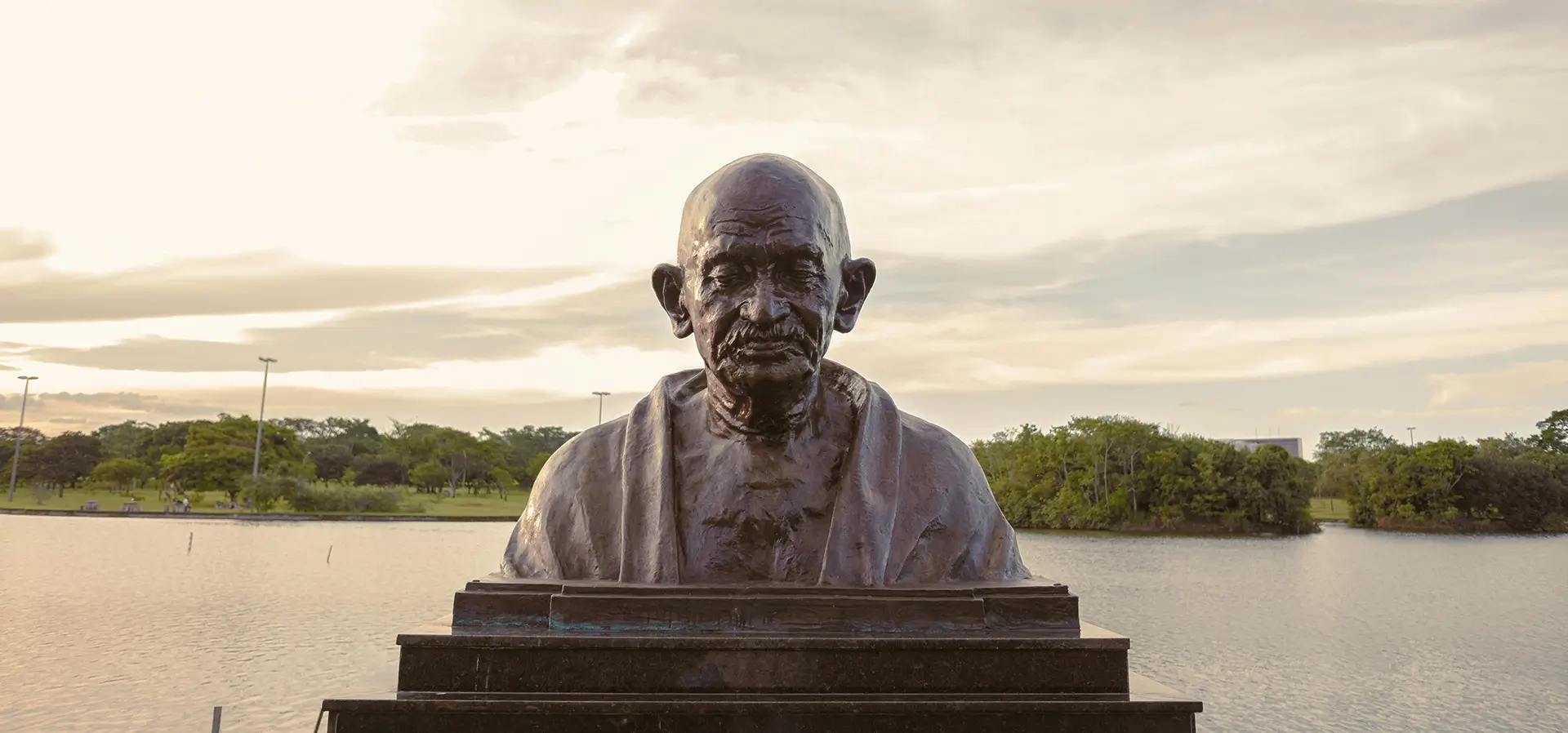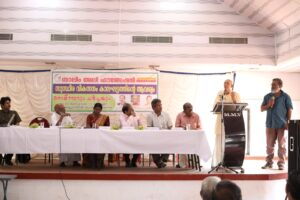Gandhi’s Multifaceted Personality
Gandhi was a man of many dimensions. His seemingly simple lifestyle and unwavering commitment to nonviolence concealed a rich inner world filled with deep thoughts, disciplines, and aspirations. Gandhi was both a saint and a revolutionary, a politician and a social reformer, a spiritual leader, and a pragmatist. He reconciled opposites with ease, understanding that truth could be found in contrasting views. Gandhi’s ability to harmonize such contradictions contributed to the unity and integrity of his character. Like a musician mastering complex disciplines to produce a beautiful song, Gandhi’s life was a continuous effort toward growth and self-realization. He evolved from a common man into a “Mahatma” (great soul) through relentless experimentation and dedication to truth. His autobiography, The Story of My Experiments with Truth, reflects his belief in this experimental journey. Gandhi’s approach to life involved experimenting with various aspects of existence, from diet and health to politics, economics, and spirituality. He always sought to distinguish between success and failure, reality and illusion, constantly refining his understanding of truth.
Discovering Satyagraha in South Africa
One of Gandhi’s most significant discoveries was Satyagraha, a philosophy of nonviolent resistance. South Africa became Gandhi’s testing ground for this revolutionary idea. The oppressive conditions there, where a white minority brutally subjugated the colored majority, posed a unique challenge. Gandhi, a young and inexperienced lawyer, found himself in the midst of this injustice. Rather than flee, he confronted the situation with unwavering determination, seeking a way for the weak to resist the powerful. Gandhi believed that the prevalent system of oppression was a violation of divine and natural laws. He began experimenting with ways to challenge this system without resorting to violence.
Drawing on his deep faith in God, whom he equated with truth, justice, and love, Gandhi rejected hatred and violence as tools of resistance. He reasoned that love could be a powerful force for change, even in the face of extreme brutality. Gandhi discovered that the weak could resist oppression by inviting suffering upon themselves, thereby exposing the inhumanity of their oppressors. This principle of nonviolent resistance became the foundation of Satyagraha, where large groups of people could act collectively without resorting to violence. Gandhi recognized that disobedience to unjust laws was crucial, but it had to be nonviolent to maintain its moral superiority over violent oppression.
Transforming South Africa Through Passive Resistance
Gandhi’s experiments in South Africa yielded remarkable results. The Indian community, initially weak and oppressed, began practicing civil disobedience under his leadership. Despite brutal retaliation from the white minority government, the Indians persisted in their resistance. Gandhi’s faith in the soul of every individual, regardless of their external circumstances, gave him the courage to continue. His belief that every human being possessed an inner strength, rooted in their divine essence, fueled the movement. The struggle lasted seven years and culminated in a significant agreement between Gandhi and the South African government. This victory transformed not only the Indian community but also Gandhi himself, marking his evolution from a man of action to a spiritual leader, a “Mahatma.” His success in South Africa foreshadowed the greater struggles and triumphs that lay ahead.
Bringing Satyagraha to India
When Gandhi returned to India, he brought with him the weapon of Satyagraha. Over time, he mobilized millions of Indians in nonviolent resistance against British rule. The Non-Cooperation Movement, the Salt March, and the Quit India Movement were all based on the principles of Satyagraha. Gandhi taught India that British dominance persisted only because of Indian cooperation, and when that cooperation was withdrawn through nonviolent means, British rule would collapse. The effectiveness of Gandhi’s methods became clear when India achieved independence without the rancor and animosity that often accompanies such transitions.
The Global Impact of Gandhian Nonviolence
Although the world today seems dominated by powerful nations with destructive weapons, the influence of Gandhian nonviolence continues to resonate. The philosophy of Satyagraha has inspired movements worldwide, most notably the civil rights struggle led by Martin Luther King Jr. in the United States. While violence and competition still plague civilization, the principles of nonviolence offer hope for a better future. Gandhi’s legacy serves as a reminder that there is another path—a path that prioritizes justice, peace, and the inherent dignity of every human being. As India approaches Gandhi’s centenary, the question remains: will we have the courage to live up to his vision and challenge the injustices of the modern world?
By G. Ramachandran








